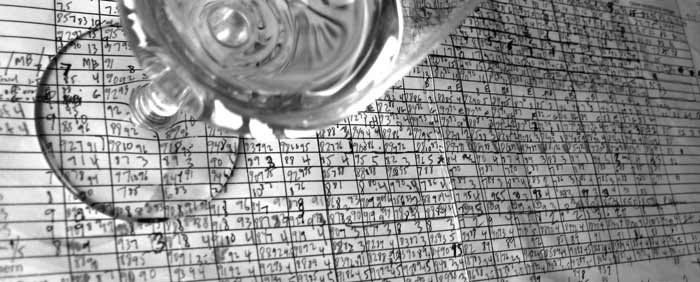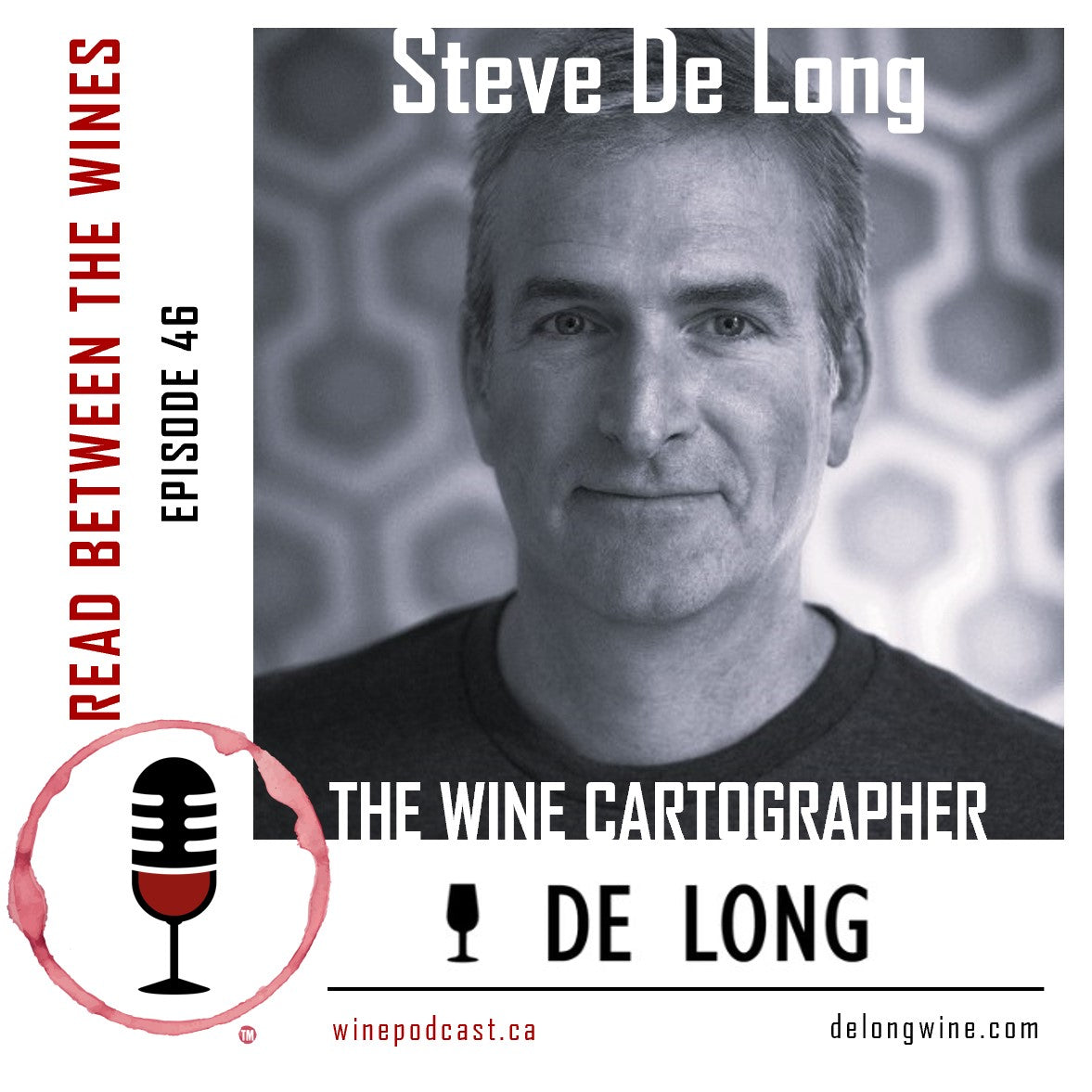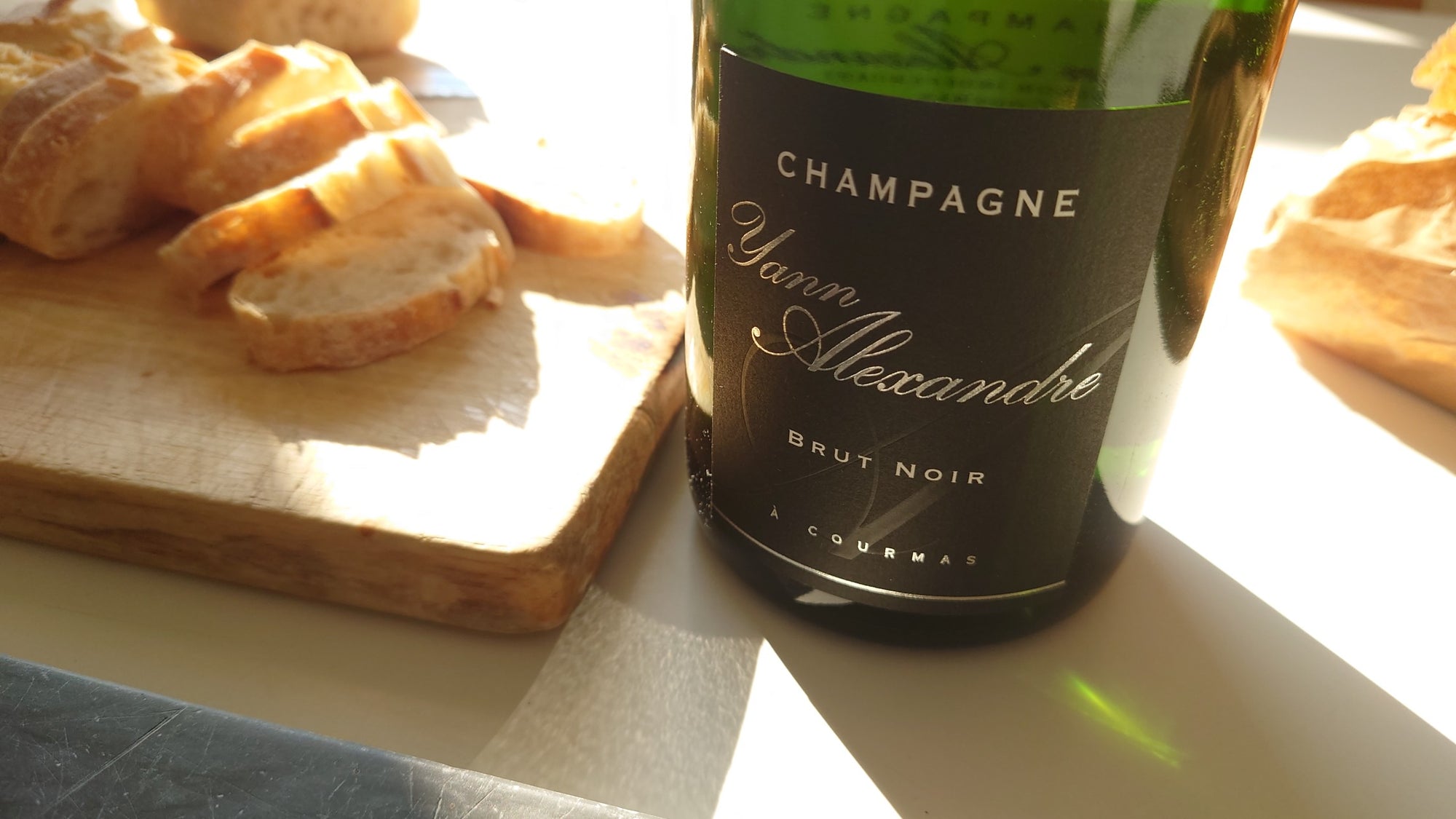Are vintages subjective?

8 out of 10 cats would agree that wine ratings are based on personal taste. Vintages, on the other hand, seem to be more grounded in the firm reality of weather and climate and their effects on the grapes. A good year is a good year, no?
I recently put together a vintage chart for an upcoming expanded version of our wine tasting notebook. Although I’m not a big fan of vintage charts, I generally find them interesting and thought yeah, why not include one? Just a little research to find the consensus and bada-bing bada-boom, a vintage chart. How wrong I was. Vintage charts come in varying degrees of specificity, from the very detailed that describe the weather throughout the growing season and harvest to the very general which distill a vintage down to a number or star rating. This vintage chart is in the general category – I wanted to make it as bone-simple as possible and used a 1-5 rating scale: 1 poor 2 fair 3 good 4 very good 5 excellent In keeping it simple, drink-now/keep/past-its-prime notations were omitted. Personally, I don't find them useful. Especially now that you can just google, snooth or cellar track to see if a particular bottle seems to be ripe for the drinking. No, I just wanted a good general indicator of the relative strengths or weaknesses of each vintage. Surprisingly, there’s not a lot of consensus out there. The following two examples – Alsace 1997 and Rhone 2002 – are pretty typical of how much opinions vary:
| ALSACE 1997 | |
|---|---|
| Conseil Interprofessionnel des Vins d’Alsace | 5/5 (5) |
| BBR | 9/10 (5) |
| Tom Stevenson | 90/100 (5) |
| Williamson & Moore | 4 to 4.75 (4.375) |
| Hugh Johnson | 7-9 (4) |
| Wine Spectator | 89 (4) |
| Robert Parker | 87 (4) |
| Hachette | 13/20 (3.25) |
| The Wine Society | 6/10 (3) |
| Average | (4.18) |
note: my interpretation of each score is shown in (parenthesis) The scores run from 3 (good) to 5 (excellent). I could have easily just averaged them to a 4 (very good) and called it a day. The problem with this approach is that the chart would then have virtually no excellent or poor vintages. Instead, I went with a 5 (excellent vintage) for a two main reasons:
- I found ‘official’ vintage assessments – in this case the Conseil Interprofessionnel des Vins d’Alsace – to be most useful in the sense that they would run the entire scale from excellent to poor. You might expect them to be biased – that every year was a vintage year – but overall, they weren’t. Some of scales did have to be slightly adjusted at the downside, though. Bordeaux’s lowest rating is medium - they gave their awful 1991 and 1992 vintages a medium - a little like Starbucks calling their smallest size coffee tall.
- One of Tom Stevenson’s areas of concentration is Alsace.
| RHONE 2002 | North | South |
|---|---|---|
| Hugh Johnson | 4-6 (2) | 5-5 (2) |
| Tom Stevenson | 70 (1) | 55 (1) |
| Robert Parker | 78 (2) | 58 (1) |
| Wine Spectator | 82 (3) | 76 (2) |
| Decanter | 4/5*(4) | 1/5*(1) |
| Berry Brothers and Rudd | 6/10 (3) | |
| The Wine Society | 3/10 (2) | 4/10 (2) |
| Average (of my 1 to 5 interpretation) | (2.1) | (1.2) |
*Decanter gave 3/5 for the entire Rhone, but with this note: Classic concentration and power in the wines from the North but a poor vintage for the Southern Rhône – I’ve interpreted as above. Again, there are some major differences. This time, I took the averages as they pretty much reflect my impression of the Rhône in 2002. Also, it correlates with Robert Parker’s numbers. Like him or not, Parker is extremely knowledgeable about the Rhône Valley.  Coincidently, we had a 2002 Allain Graillot Crozes-Hermitage (Northern Rhône) this past weekend. If it had listened to the vintage chart, it would have been only a middling wine at best. In fact, it was actually very good and an excellent example of what great wine makers can do in indifferent years. It had all the signs of an off-year, which in this case means that the grapes didn’t ripen optimally. The alcohol was lower (12.5%), the acidity was a bit elevated, the tannins slightly rough, and the fruit reduced to a background player. A complete disaster? Far from it – the wine had an amazing intensity of black pepper and some herbal elements that would not have been so pronounced had the fruit been stronger. The intensity held up through a very long finish – the mark of excellent wine making. A four star wine in a two star vintage. One of the other difficulties in putting the chart together was mixed vintages, where some areas in the region did well while others suffered. Hugh Johnson gives a range of number ratings (ie 6-8, 4-6 out of 10) which seems to be a good way to handle mixed years. However, in practice, every vintage gets a 3 to 4 point spread which sort of negates its usefulness. In the end my method was this:
Coincidently, we had a 2002 Allain Graillot Crozes-Hermitage (Northern Rhône) this past weekend. If it had listened to the vintage chart, it would have been only a middling wine at best. In fact, it was actually very good and an excellent example of what great wine makers can do in indifferent years. It had all the signs of an off-year, which in this case means that the grapes didn’t ripen optimally. The alcohol was lower (12.5%), the acidity was a bit elevated, the tannins slightly rough, and the fruit reduced to a background player. A complete disaster? Far from it – the wine had an amazing intensity of black pepper and some herbal elements that would not have been so pronounced had the fruit been stronger. The intensity held up through a very long finish – the mark of excellent wine making. A four star wine in a two star vintage. One of the other difficulties in putting the chart together was mixed vintages, where some areas in the region did well while others suffered. Hugh Johnson gives a range of number ratings (ie 6-8, 4-6 out of 10) which seems to be a good way to handle mixed years. However, in practice, every vintage gets a 3 to 4 point spread which sort of negates its usefulness. In the end my method was this:
- Take an average.
- Look at the range.
- Decide who to trust, take the average (or both).
- Repeat for each cell.
Not exactly bada-bing-bada-boom.



Comments
My wine tasting group has not yet narrowed our tastings by vintage, but perhaps we will try it. Your wine tasting guide would be most helpful!
Don’t know about the vintage chart, but I wanted to tell you that I had the Wine Map of the Iberian Peninsula and the Wine Grape Varietal Table framed. They look AWESOME! Please hurry and finish the rest of the wine world so I can complete the set. Nothing like a little nagging, eh?
What an intriguing concept – I’ve never been one to pay much heed to vintage. All I can say off the top of my head is that 2003 and 2005 were top years for Bordeaux. That’s it!
I agree that it is entirely subjective, but you’ve got to have some standard if you’re going to measure anything, right? The subjectivity of wine – ie: I’m always right – is wonderful, but sometimes, as humans, we just need to give things a score.
Another site I found that had some good info re. vintage charts was FrenchScout.com.
The thing about many Vintage charts is that they are mostly based on weather or climate conditions with a narrowed generalisation for a region. But they don’t take into account that in a region there are sometimes many different microclimats due to differences in height, slopes, etc… with very different results in grape maturity and thus also in wines. Few charts are mentioning that they are based on a extensive tasting of the quality of the wines from very different parts of the judged region.
Adding color to your chart would help to. I am very visual and its easier to read red and blue, for instance, than 1 or 4.
thanks!
I have the Wine Grape Varietal Chart, but was previously unaware of the Iberian Peninsula Map. Its very nicely done—I particularly like the inclusion of notes showing the latitudinal “parallels” with other wine regions of the world.
What country/region is next?
Personally I find it quite helpful to have a good vintage chart for reference to older vintages.
I know the quality of recent vintages (say, going back to 1990 or maybe 1985) from tasting experience but when it comes to buying older vintages on auction a chart is very helpful.
Ever read the Vintage Time Tables, by Jancis Robinson? Very interesting and well made, although now too old and outdated. Maybe a good idea for a re-write?
vintage schmintage
I wish I was more creative…
I like the color-coding concept as well. I have the variety chart (framed) and use it for educational purposes for new wine drinkers in helping them identify wines they haven’t tried and may like. The color helps visualize. Big fan…I too am waiting for the rest of the wine maps. Keep up the good work!